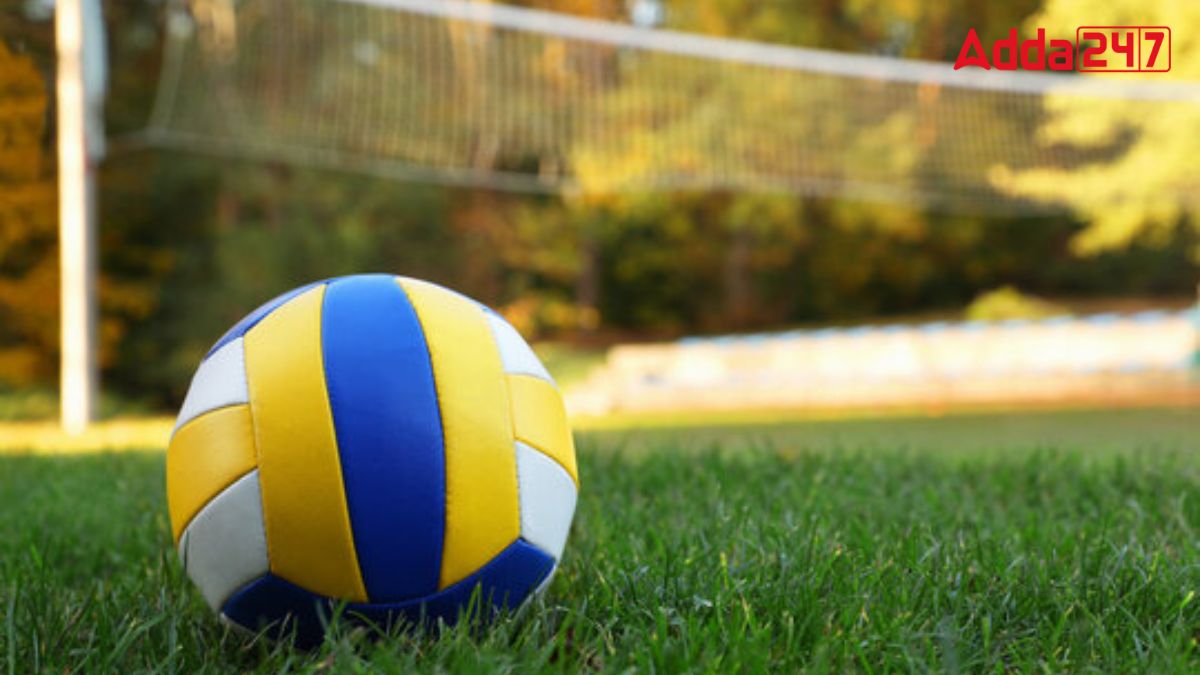Understanding the size and layout of a volleyball court is crucial for players, coaches, and fans alike. The dimensions and markings on the court play a significant role in the dynamics and strategies of the game. Let’s explore the standard measurements and key components of a volleyball court.
Volleyball Court Dimensions
- Court: 18 meters long and 9 meters wide
- Center: 9 m × 9 m halves by a one-meter wide center line
- Top of the Net: 2.43 meters for men, 2.24 meters for women
- Center Line: Divides the court into two equal halves
- Serving Area: 3 meters behind the end line
The Overall Dimensions of a Volleyball Court
- Length and Width of the Field: A standard volleyball court measures 18 meters (59 feet) in length, stretching between opposing end lines. Its width spans 9 meters (29.5 feet), extending from one sideline to its counterpart.
- Clearance Height: The volleyball court must have sufficient overhead space for seamless gameplay. In indoor settings, the ceiling height should reach a minimum of 7 meters (23 feet). Outdoor courts must have an unobstructed sky to prevent disruptions.
- The Free Zone: The free zone is the space around the court that needs to be clear without any obstructions. It extends at least 3 meters (9.8 feet) from all the sides and ends of the court. This area allows players to move safely without bumping into other players or spectators.
Standard Net Height of the Volleyball Court
For men’s volleyball, the net height is set at 2.43 meters, measured from the court center. For women’s volleyball, the net height is 2.24 meters. The net must be firm enough to prevent the ball from going underneath but not overly tight to affect the game.
Net Placement
The net is placed vertically at the center of the court, dividing it into equal halves. The sides of the net are attached to sturdy posts, ensuring an even playing field.
Boundary Lines and Markings in Volleyball Court
End Line: Running lengthwise along the court, the end lines indicate the boundaries at both ends. They show where the ball can be served and where it must land for fair gameplay.
Sidelines: The sidelines run horizontally across the court’s width, marking the edges on both sides. They determine whether a ball is within play when it crosses these lines.
Centerline: The centerline separates the court into two equal parts and goes under the net. It serves as a guide for players, indicating where to stand and move.
Attack Lines: Positioned 3 meters (9.8 feet) away from the centerline on both sides, the attack lines prevent players from hitting or attacking the ball when standing close to the net.
Zones of a Volleyball Court
Service Zone: This is the area behind the end line where players serve the ball. It extends from the right sideline to the centerline.
Antenna: Two flexible antennas are attached to the net’s outer edges to help determine whether the ball passes over the net within the correct boundaries.
Front and Back Rows: A volleyball court generally has three rows: the front, middle, and back. Players can be placed in these rows during different phases of the game.
Boundary Lines: The outer edges of the court are defined by boundary lines, which determine whether the ball is in or out of play.




 Which Country is Known as the Land of Ch...
Which Country is Known as the Land of Ch...
 Which Bird is known as the King of Birds...
Which Bird is known as the King of Birds...
 Which City of Austria is Known as the Ci...
Which City of Austria is Known as the Ci...







